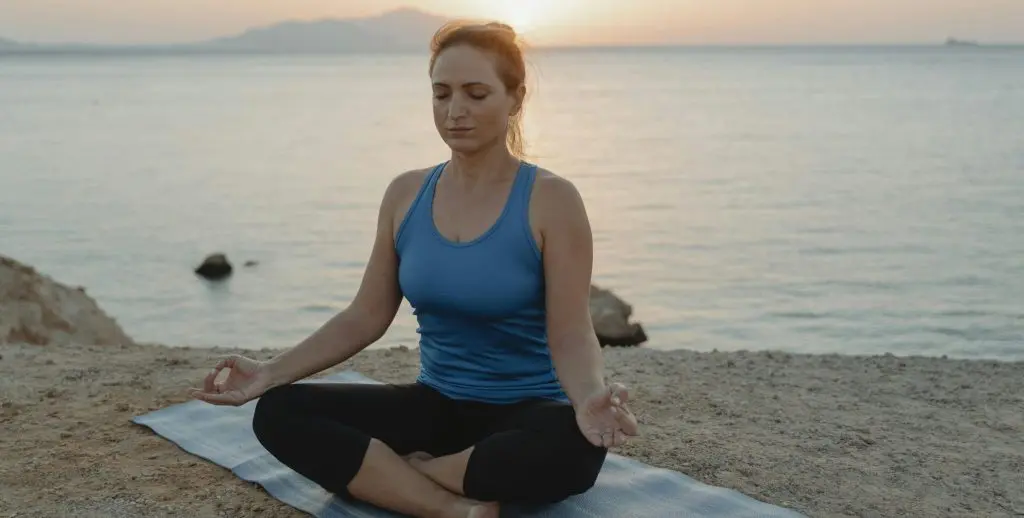10 Tips to Support Mental Health and Wellbeing for Art Teachers
Teaching is one of the most rewarding professions—but also one of the most emotionally and physically demanding which I am sure, as an art teacher you already know!
Global studies show that over a third of teachers report high levels of work-related stress, particularly in Australia, the US, and the UK¹. For specialist teachers like art educators, the challenge can feel even greater when you have 600 students each week.
Art teachers work across multiple year levels, with lesson plans for different year groups, and often feel isolated from the rest of the school community. With limited time to catch up with colleagues and a separate teaching space, it’s easy to feel overlooked or burnt out. Prioritising your mental health and wellbeing isn’t a luxury—it’s essential for long-term sustainability in teaching.
Whether you’re in your first year or have taught for years, here are 10 ways to support your mental wellbeing while navigating the demands of the classroom.
- Create Clear Work-Life Boundaries
One of the biggest challenges teachers face is bringing work home – literally and emotionally. Marking, planning, writing emails, there is always something to do. But establishing clear boundaries is vital for your mental health.
- Set a firm “cut-off” time each evening where work stops.
- Create a physical space for school tasks and shutdown the computer after work hours.
- If possible, avoid checking emails after a set time and definitely not before bed. There are no laws in Australia allowing you to disconnect from work. These laws allow employees to refuse to monitor, read, or respond to work-related outside of working hours.
Boundaries aren’t about doing less, they’re about protecting having work time and personal time so you can work and live your life.
- Build a ‘Mental Health Toolkit’
Every teacher needs some strategies to help them rebalance because let’s face it, some days are just rough.
You could try:
- A calming breathing exercise
- Practice some yoga or another sport
- Play a calming playlist
- Take a short walk outdoors
- Write in a journal for venting or reflecting
The key is having easy, low-effort strategies to turn to when you are stressed.
- Connect with others
When you’re overwhelmed, it can feel easier to shut down or keep your struggles to yourself. But connection is one of the most powerful antidotes to burnout.
- Vent to a trusted colleague during lunch or after school.
- Join teacher groups (online or in person) for shared experience and support.
- Share small wins, not just struggles—it helps reframe the day.
Remember, you’re not alone in this. Teaching is a team effort.
- Make Time for Movement
Exercise doesn’t have to mean a full gym session. Even a quick stretch or walk between classes can help reset your nervous system.
- Do a few gentle stretches before school or during your planning period.
- Walk around the block after work to clear your head before heading home.
- If you’re supervising students outside, take mindful steps and breathe deeply.
Movement assists your mood, energy, and resilience – all things teachers need daily.
- Finding Joy
Find something that fills you up—creatively, emotionally, or spiritually—and make space for it regularly. Let it become a “joy ritual.”
It could be:
- Painting, attending workshops, or reading
- Gardening or baking
- Playing music or dancing around your living room
- Watching the sunset, or meditating
It doesn’t need to be productive. It just needs to bring you back to yourself.
- Check Your Inner Dialogue
Teachers are often their own harshest critics. Notice if your internal voice is full of pressure, guilt, or perfectionism.
Instead of: “I didn’t do enough today.”
Try: “I showed up and did the best I could today, and that’s enough.”
Self-compassion is powerful. Speak to yourself as kindly as you would to your most vulnerable student.
- Use Your Personal Days if You Need Them
Many teachers feel guilty taking a mental health day, but those days exist for a reason. If you’re running on empty, it’s better to take a day to recover than push through and risk full burnout.
Ask yourself: Would I expect a student to push through exhaustion without support? Treat yourself with the same care and support.
- Simplify Where You Can
Not everything has to be Pinterest-worthy or perfect. Sometimes, “good enough” is enough.
- Reuse resources when you can.
- Use time-saving tools and templates.
- Accept that some weeks will be more about classroom management than curriculum milestones.
Teaching is a marathon, not a sprint. Now what you can achieve and what can wait.
- Prioritise Sleep
Lack of sleep affects everything: your mood, patience, focus and resilience. Make your rest non-negotiable.
Tips for better sleep:
- Turn off screens at least 30–60 minutes before bed.
- Try a wind-down routine (stretching, tea, reading).
- Avoid marking or lesson planning late at night if possible—it activates your thinking brain just when you need to rest.
A well-rested teacher is a more present, effective, and happy.
- Seek Professional Help if You’re Struggling
If you’re consistently feeling anxious, flat, overwhelmed, or disconnected—even with self-care in place, reach out for support. Speaking to a psychologist or counsellor can really help. It’s not a weakness to ask for help, it’s wisdom.
Final Thoughts: You Are More Than Your Role
Teaching is something you do, but it’s not all you are. You are a whole human being with dreams, feelings, limits, and needs. When you take care of yourself, you model healthy boundaries and emotional intelligence for your students, too.
So breathe. Reflect. Take breaks. Celebrate wins. Ask for help. And remember: your wellbeing isn’t a side note to your work—it’s the foundation of it.
¹ OECD (2019). Teaching and Learning International Survey (TALIS) 2018 Results: Volume I – Teachers and School Leaders as Lifelong Learners. Organisation for Economic Co-operation and Development. Retrieved from: https://www.oecd.org/education/talis/
Latest Articles
Popular kids art lessons for teachers and ideas for the artroom
Painting in primary school plays a vital role in children’s ...
Why Drawing Is the Foundation of All Art and Essential ...
Inspiring Young Minds: Exploring Contemporary Artists in the K–6 Art ...







